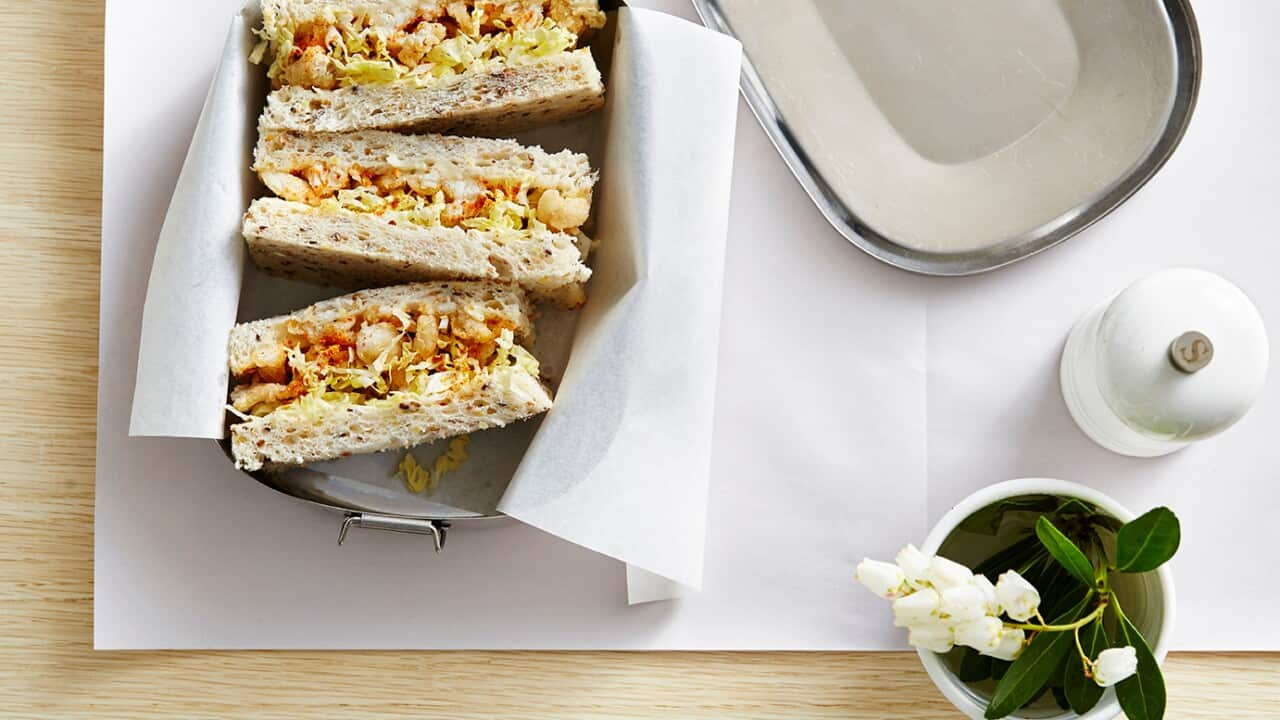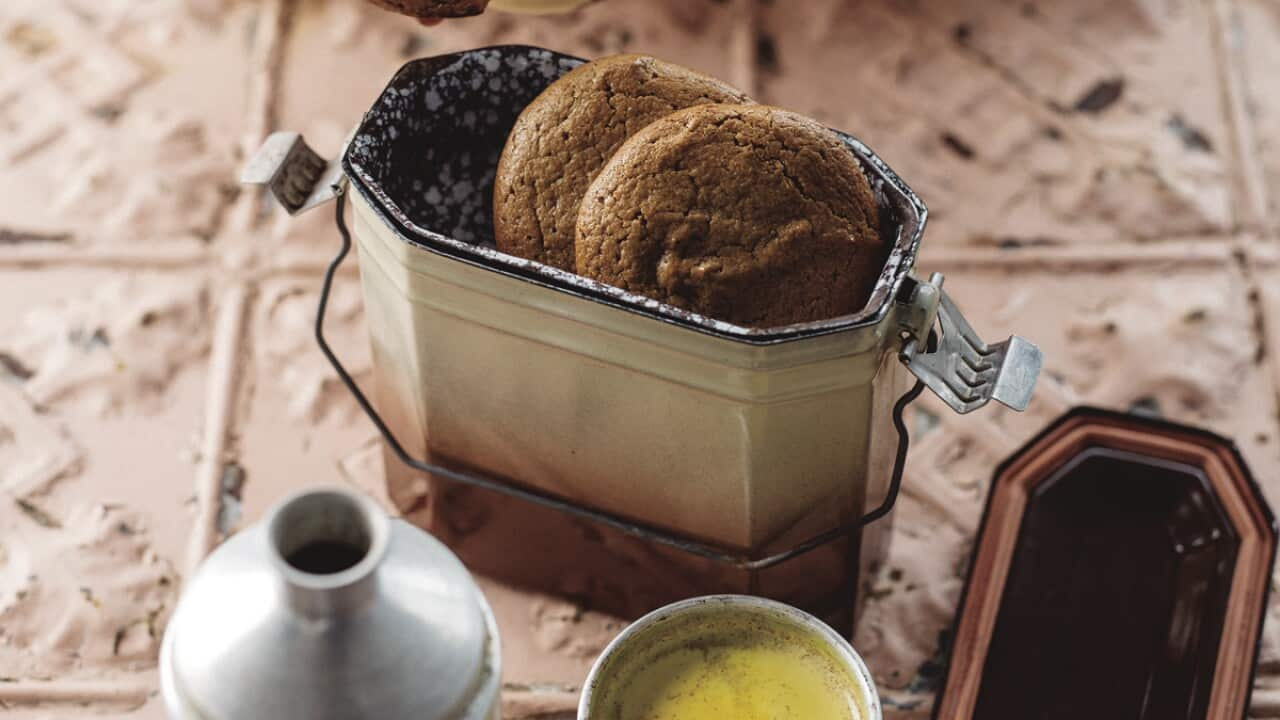1. Milk goes after tea
Depending on who serves who, that is. Both methods have very reasonable justifications.
The argument in favour of ‘milk first’ is that cold milk can help protect delicate china from boiling water which may crack and damage it. On the contrary, this method means there is less control over how to balance the strength or weakness of the tea and its relevant milk ratio if one does not pour their own tea. The best practice is to avoid this method when serving others.
Team ‘tea first’ makes the logical argument over controlling the strength of the brew, and thus the amount of milk added. Whatever the case, abide by the UK tea industry peak body rule that guests over their combination preferences.

A thoughtful host could ask the preferences of their guests. Source: Getty Images
2. Do not dunk your biscuit!
There’s little room for argument on this one – nearly every authority on tea time says it’s a no-go unless it takes place in the privacy of your own home. But you know what, here in Australia we like to think there’s a free pass in place when it comes to turning a certain layered biscuit into a temporary straw.

A rare glympse of the forbidden act. Source: Getty Images
3. Cream or jam first?
Alright, let’s settle it. So far we’ve let you put the milk in first and slammed some Tams, but now we have to lay down the law.
According to a number of sources, including , said to be Her Majesty’s favourite, there is, in fact, a regional difference in the order of adding jam and cream to a scone. (Yep, you’re both right!)
Hailing from the South-West of England in the county of Cornwall, where jam first reigns supreme. Last year, there was great debate as someone from 'team jam' delved into. Needless to say, scones were hidden in disdain.
In Devonshire county, you will find jam spread on scones with cream layered on top; but whatever your preference, there’s a shade under the scone tree for you, and now a regional style to outwardly identify with.

Which side do you identify with? Source: Getty Images
4. Pinkies down
We don’t want to tell you how to live your life, but a protruding pinkie has no place at an afternoon tea affair. Clise Etiquette, an etiquette training academy goes as far as saying this action connotes elitism, adding that the practise stems from a view that “cultured people” would eat tea accompaniments with three fingers and “uncultured” with five, so a raise of the pinky signalled knowledge and exclusivity.
Other sources say the move was put in place to counter-balance the teacup when one takes a sip; pointless for any adult who developed their fine motor skills during childhood years.

Double faux pas: pinkie lifting and holding the cup are both off the cards. Source: Getty Images
5. Yes, apparently you can stir it wrong
This isn’t a matter of clockwise vs counter-clockwise, but more a case of round and round vs back and forth. The “correct” way to stir a tea is by stirring back and forth, to and from the side of the cup closest to you.
Do not ever let the spoon touch the sides to make a clinging sound or you will combust into a million tiny pieces, and also lose the respect of former Prince of Wales and Duchess of Cornwall butler, Grant Harrold, who says the sound is at the afternoon tea table.
Clinging aside, the motion comes with a level of practicality as it helps avoid potential spills created by the vortex of a round and round stir.
Cheers to that!












